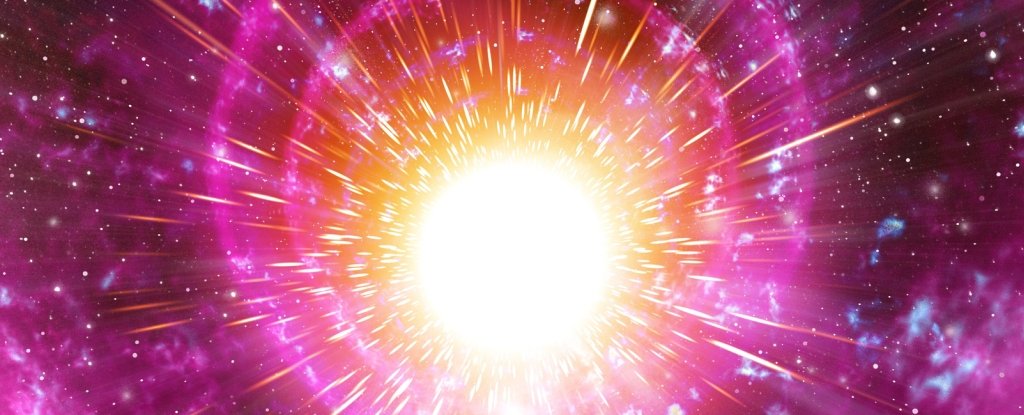Products You May Like
For the first time, physicists have been able to directly measure one of the ways exploding stars forge the heaviest elements in the Universe.
By probing an accelerated beam of radioactive ions, a team led by physicist Gavin Lotay of the University of Surrey in the UK observed the proton-capture process thought to occur in core-collapse supernovae.
Not only have scientists now seen how this happens in detail, the measurements are allowing us to better understand the production and abundances of mysterious isotopes called p-nuclei.
On the most basic level, stars can be thought of as the element factories of the Universe. Until stars were born and started smashing together nuclei in their cores, the Universe was a soup of mostly hydrogen and helium. This stellar nuclear fusion started infusing the cosmos with heavier elements, from carbon all the way up to iron for the most massive stars.
This is where core fusion hits a snag. The heat and energy required to produce iron via fusion exceeds the energy the process generates, causing the core temperature to drop, which in turn results in the star dying in a spectacular kaboom – the supernova.
This is where physicists think even heavier elements are born. The explosion is so energetic that atoms, colliding together with force, can capture components from each other. It doesn’t have to be a supernova (heavy elements have been detected forming in a collision between two neutron stars) but the principle is the same. Colossal cosmic splodo boom = sufficient energy to forge elements.
Then there are the p-nuclei. These 30 or so naturally occurring isotopes of heavy elements constitute around 1 percent of the heavy elements observed in our Solar System, and their formation is a mystery.
Isotopes are forms of the same element that vary by atomic mass, usually because of a varying number of neutrons in the nucleus, while the number of protons stays the same. P-nuclei are isotopes that are neutron-deficient, but proton-rich; because they are so scarce, they are difficult to observe, which has resulted in some difficulty working out how they are forged.
The currently favored model is the gamma process, in which atoms capture loose protons during an energetic event. Since a chemical element is defined by the number of protons, this process would transform the element into the next one along in the periodic table, resulting in a neutron-poor isotope.
The observations were obtained using the Isotope Separator and Accelerator II at the TRIUMF National Laboratory in Canada to produce a beam of charged, radioactive rubidium-83 atoms. The TRIUMF-ISAC Gamma-Ray Escape Suppressed Spectrometer and Electromagnetic Mass Analyser recoil mass spectrometer were used to record and observe the processes taking place in the beam.
The results suggested the production of the p-nucleus strontium-84, the researchers said, consistent with the gamma process. They found that the thermonuclear reaction rate was lower than predicted by theoretical models, resulting in a higher production of strontium-84.
Their recalculated production rate was consistent with strontium-84 abundances observed in meteorites, the researchers said, and could help shed light on other astrophysical processes.
“The coupling of a high-resolution gamma-ray array with an advanced electrostatic separator to measure gamma process reactions represents a key milestone in the direct measurement of astrophysical processes,” Lotay said.
“Such measurements were largely thought to be out of reach of current experimental technologies and the latest study has now opened up a wealth of possibilities for the future.”
The research has been published in Physical Review Letters.
